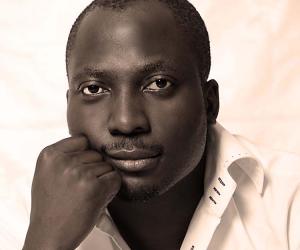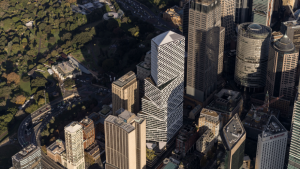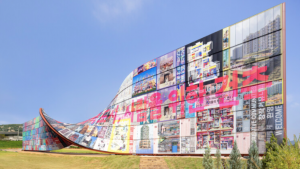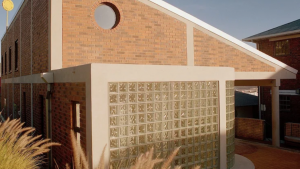From the Series
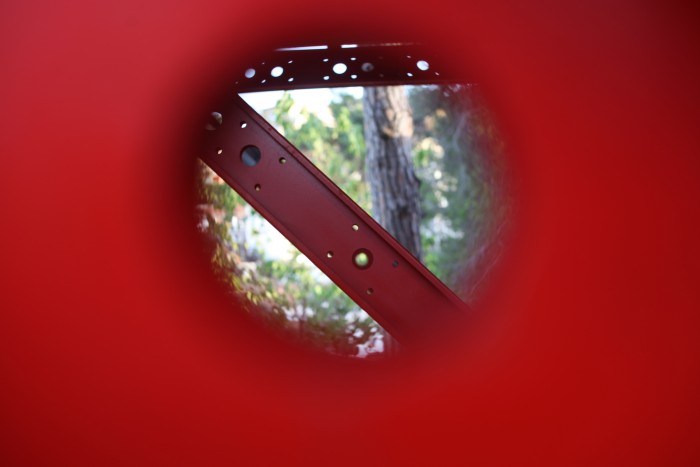
Often the architecture that makes headlines is the tallest skyscapers, pretty pavilions and glamorous museums designed by the A-list “starchitects” of the day for the big-spenders. But there are architects who shun this label in favour of doing work that tackles some of the world’s toughest issues.
Rebel Architecture, a six-part documentary series that will premiere on Al Jazeera on 18 August, uncovers the stories of six of these rebel architects that operate on the fringes of the profession and, in some cases, even the law.
“Rebel Architecture was an idea by series producer Daniel Davies to find a different kind of architecture story,” explains Ana Naomi de Sousa, assistant producer of the series. “The architecture that is most visible to us and the architecture that tends to get covered in the media is this kind of 'starchitecture'. I think the media in general tend to be less interested in these grassroots stories; they’re not regarded as high-profile communities or places.”
The series looks at architects who work in their own communities producing functional buildings responding to specific needs.
“The first architect that we found was Santiago Cirugeda. He is an archetypical rebel architect working on the margins of the law, occupying land and doing these radical self-built projects with different activist groups,” says De Sousa, who also directed the episode "Guerilla Architect" on Cirugeda. “He really shaped the series because he was the type of architect we were hoping to find.”
Cirugeda's buildings are often fast-build, mobile structures made from recycled materials. His projects match available materials with the skills of those keen to build the structures.
“Self-building hasn’t been legalised in Spain, so any architect taking on this problem has to take on civil and criminal liability,” he says, referring to the logistical issues he faces whilst working on the edges of the law. “Sometimes we do things that are illegal, but we’re not doing anyone any harm. On the contrary, we’re doing it to benefit more people. The decision to work illegally means a different approach.”
All of the architects in the series are pushing boundaries in different ways – "some of them with design, some with the politics of what they are doing, some with material they are using and some of them just in the way they operate as architects," explains De Sousa. "Santi perhaps pushes all of them.”
One of the episodes, "The Architecture of Violence", also directed by De Sousa, focuses on the Israeli architect Eyal Weizman, who is opposed to Israel's occupation of the West Bank.
“What is interesting about him is how he uses architecture. He could be considered an activist but he is an academic and writer. He uses his architecture as a way of resisting,” she says. “Although he is not building anything, he is analysing the occupation through the structures and built environment, and trying to show how this built environment is a kind of violence in itself – what he would call ‘a slow violence’.”
Weizman’s work on the architecture of occupation has led him to understand the discipline’s role in modern urban warfare. “What can we do as architects today to resist the destruction and violence that is enacted by architecture?” he asks.
In "A Traditional Future", we follow Pakistan’s first female architect, Yasmeen Lari, who is one of the most successful providers of disaster-relief shelters in the world. She has built over 36 000 houses for victims of floods and earthquakes in Pakistan since 2010. Shunning the structurally weak, mass-produced houses offered by international organisations, she uses vernacular techniques and local materials such as lime and bamboo. Her houses have a tiny carbon footprint and are simple enough for people to build themselves.
"Greening the City" introduces Vietnamese architect Vo Trong Nghia, who believes that “for a modern architect, the most important mission is to bring back green spaces to the earth.” He is on a mission to transform his country's attitudes towards architecture and urban spaces through his environmentally sustainable buildings.
In "Working on Water" we track Nigerian architect Kunlé Adeyemi's struggle to get approval from the authorities to roll out the prototype of his easy-to-build, low-cost, sustainable floating structure in the informal settlement of Makoko in Lagos.
In "The Pedreiro and the Master Planner" we meet Ricardo, a self-taught builder-architect or “pedreiro” in Brazil, whose government recently faced criticism over the expense of infrastructure for the Soccer World Cup while a large part of the population still live in favelas. He is the quintessential rebel architect, who has built with no formal training and the most basic tools in his local community of Rocinha – Brazil’s largest favela, situated right in the centre of Rio de Janeiro. We also meet Luis Carlos Toledo, the architect behind the masterplan for the government’s regeneration of Rocinha. Together they question the best way to improve living conditions.
“I think we found some of the most interesting, most exciting architects out there,” De Sousa concludes.
The series airs on Monday evenings (22:30 GMT) from 18 August on Al Jazeera. All of the films will be available to watch on the Al Jazeera website after they have aired.


